Not long ago, I made a post about the Maserati MC12, discussing how its brilliant designer, Frank Stephenson penned its distinctive design. It's a stunning car, and it was no doubt the reason behind my passion for the brand. So much so, that it wasn't even the first post I made on this decade-and-a-half old MC12. Maserati's history has been spotty at best, with strokes of brilliance masked within tales of bankruptcies and poor sales.
Having fallen on hard times more than once enough, salvation is hopefully now at hand in the form of this - the Maserati Ghibli Hybrid. If you're thinking, "this isn't nearly as exciting as the MC12", then you're absolutely correct. On the surface, it's simply another mid-sized luxury sedan, competing in the same segment as the popular BMW 5-series, Mercedes E-Class, and Audi A6.
I also personally think that it's an affront to the name, being nowhere near as charming or emotive as the old 1960s Ghibli 2+2 grand-tourer. But underneath the skin of this fairly familiar face, this new Ghibli hides a future that will underpin absolutely everything that the brand has staked on, in the years to come. It will decide if the brand thrives, or go under once again. This seemingly unexciting four-door is a small, yet crucial step forward.
Charging Ahead.



Credits to: Maserati, and Maserati Ghibli SS (1970) - CarPixel
This mid-cycle refresh is bringing new technology that will forge the way ahead for the brand. Hybridisation is an inevitability for many carmakers, especially traditional ones; bridging the gap between the internal-combustion of old, to batteries and electric-motors. For Maserati, they've made bold claims of electrifying their entire line-up in the next few years, with an all-EV replacement to the GranTurismo and GranCabrio coming in 2021.
The highlight of the new Ghibli then is no doubt its mild-hybrid powertrain. It uses a similar 48-volt system as with a lot of other carmakers. This one however, is mounted to a turbo-charged, 2.0-litre inline-4 (cylinder) engine from Maserati's sister brand, Alfa Romeo. That 48-volt setup is called a BSG, or 'belt-driven starter/generator', and it goes through a 3-step process to recycle power, and feed it back to the engine for added boost.
Electricity is first generated from braking and deceleration, which then charges the battery, now sending current to an e-Booster in the engine. This little component helps to fill-in for torque, right when the turbochargers are waiting to spool up. Adding to that, there's also an electric supercharger, given another little boost of power. It's quite a unique combination of combustion and electrical charge, in unison providing a healthy dose of performance, while being more efficient.


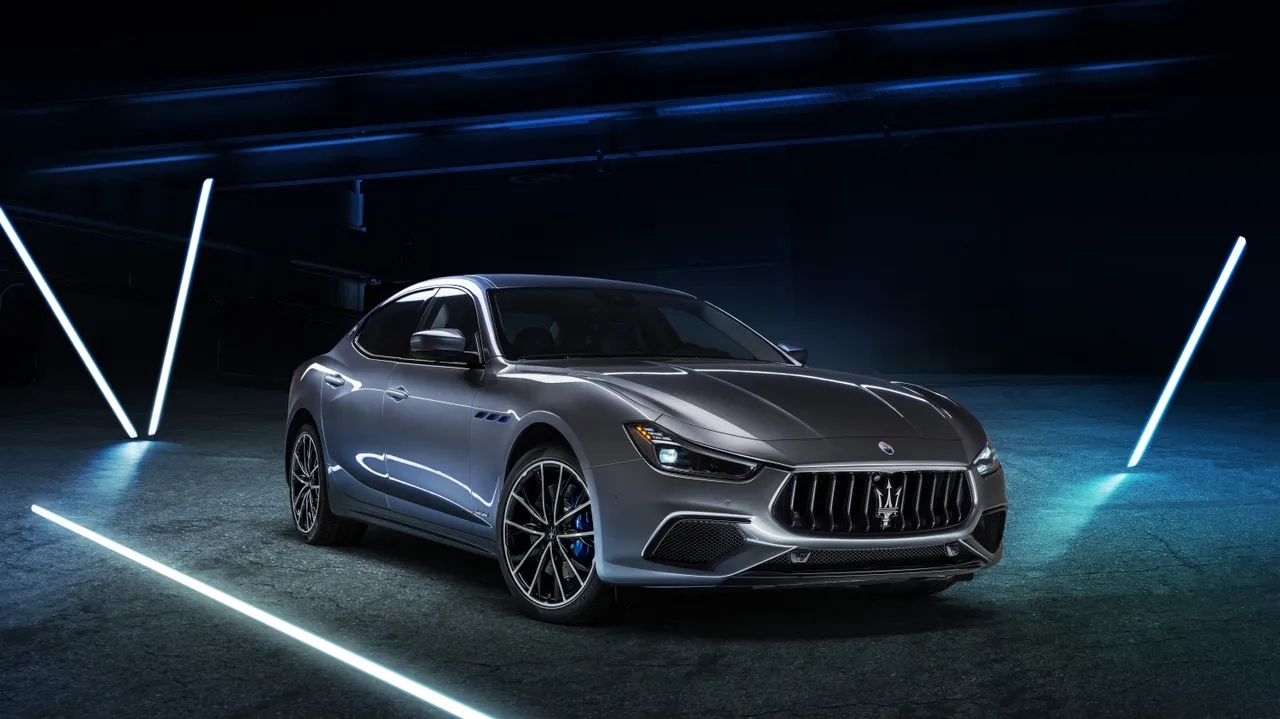

Credits to: Maserati
The powertrain in this Ghibli here produces 330hp; and with 165hp/litre, it's the best-in-class for specific engine output. One added benefit of electrification is its ability to create monstrous amounts torque from down low. As such, this manages an equally healthy 332lb-ft of torque, available at just 1,500RPM. The rest of the commonly measured metrics stack up fairly well against the competition, with an acceleration of 0-100km/h (62mph) taking just 5.7-seconds, and onto a top-speed of 255km/h (155mph).
Not bad all around, and although Maserati's approach thus far sounds environmentally conscientious, they haven't forgotten of their roots embedded in the chase for absolute performance. The battery for the hybrid setup is mounted in the rear for better weight-distribution, along with rear-wheel drive. In fact, the deciding factor on why Maserati's engineers opted for a 48-volt rather than a plug-in hybrid setup, is all down to mass.
The added weight of additional batteries would not only decrease overall efficiency, but it would also compromise on performance, and driving dynamics. By comparison, the 48-volt hybrid setup weighs a chunky 80kg less than the old V6 diesel. More to that, it's more efficient, while having an equivalent performance with the old top-of-the-line V6 petrol; despite the loss of 2 whole cylinders. And worry not, as they also tuned the exhaust note to be distinctively Maserati - read: exciting - without sounding fake.
A Familiar Feel.

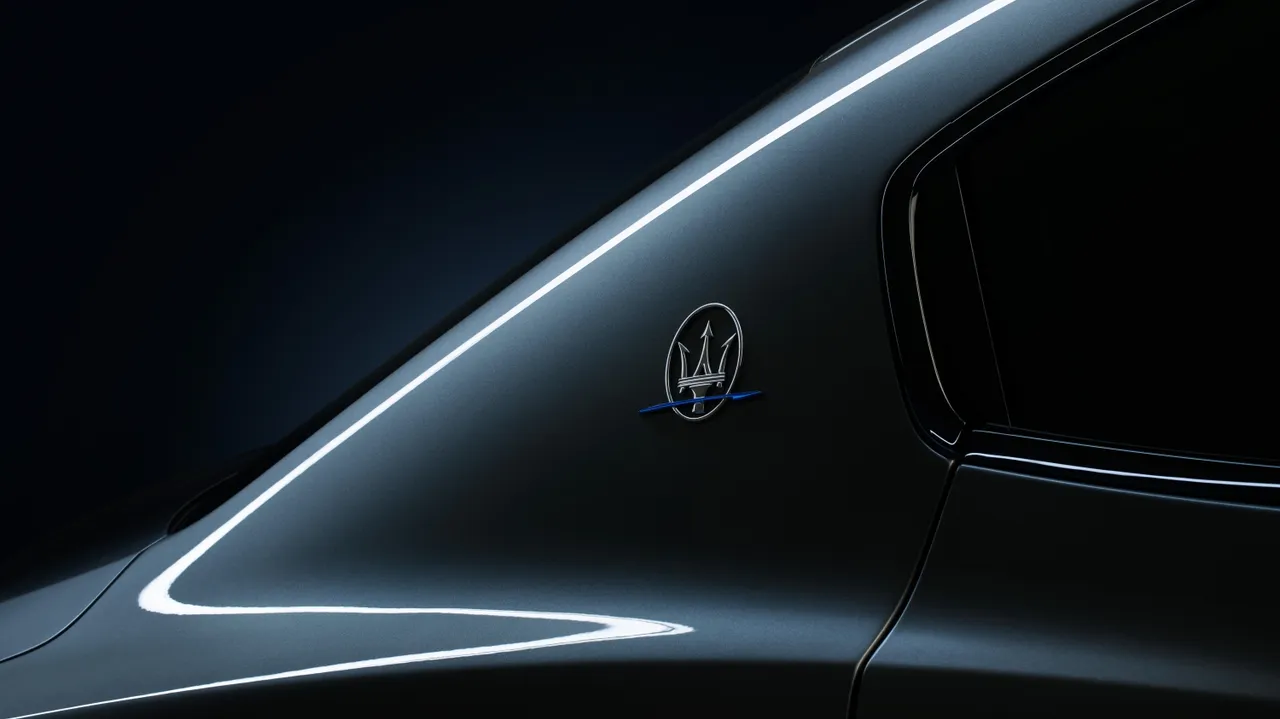
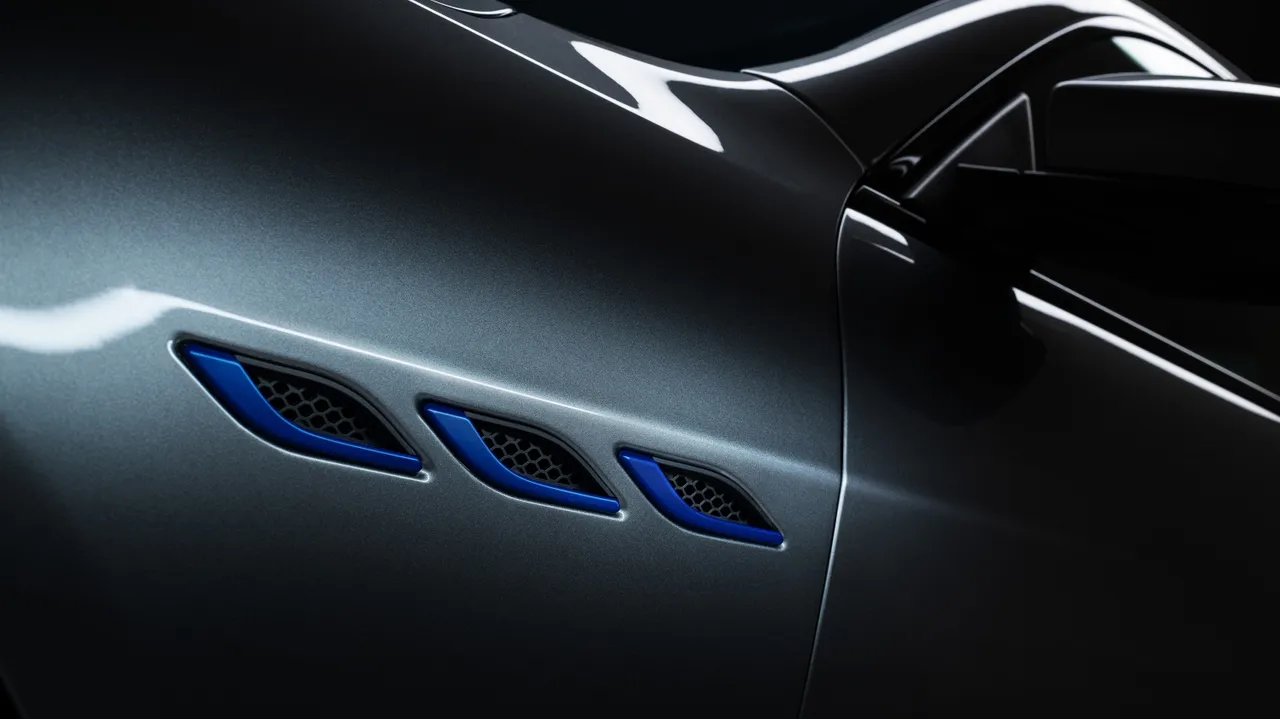
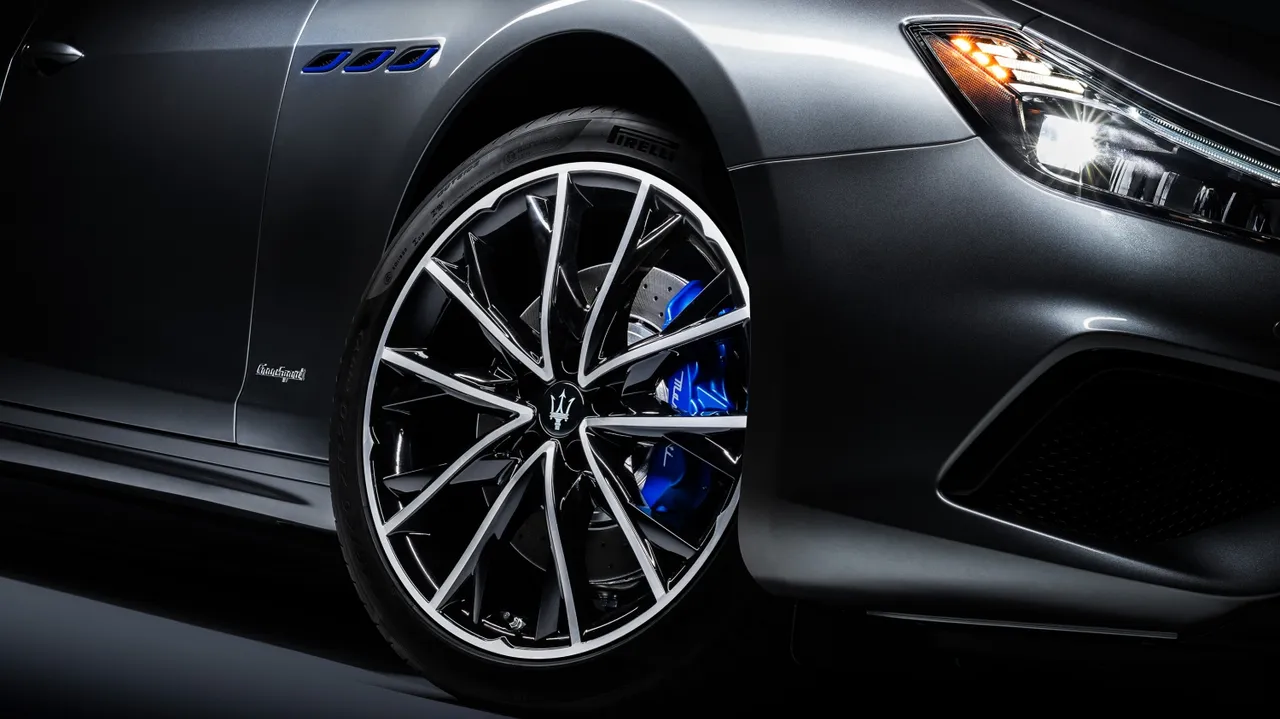
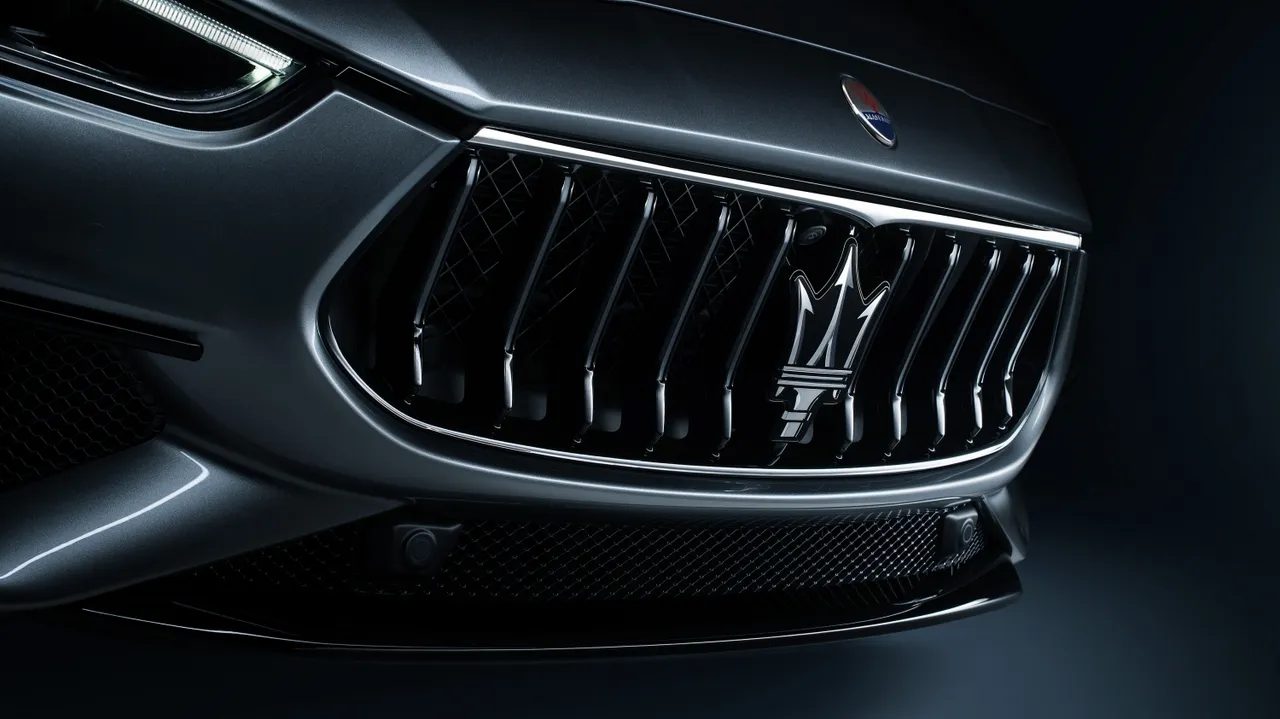

Credits to: Maserati, and Maserati 3200 - Modern Classics Automotive
That then, is the end of the most exciting bits. Though that doesn't mean they've stopped there. The exterior has some slight redesigns to better separate them from the old ones, with a slightly different front-grille, headlights, and the taillights. The latter was reshaped to look more like the old 3200GT's unique 'boomerang' lights - a design trait sorely missed since.
Charging ahead to an electrifying future, Maserati is choosing Cobalt Blue as their war-paint. There's plenty of said blue accents around the exterior, contrasting beautifully against the metallic finish of the "Grigio Evoluzione" paintwork. The brake-callipers are blue, as is the distinctively-Maserati portholes on the front-wings. Another neatly blued touch is on the rear-pillar, as Neptune's Trident is seen pierced with a blue arrow.
Subtle changes, and one that suits well to this handsomely curvaceous car, oozing in style compared to its rather sharpish rivals. Still, it looks not much different than the same car launched back in 2013, with a much needed successor coming in a few years. The interior is feeling even more aged; a stark contrast to the nicely appointed leather, carbon-fibre panels, and the analogue clock. Poke around deeper, and you'll find plastics and buttons that look 7-years old.

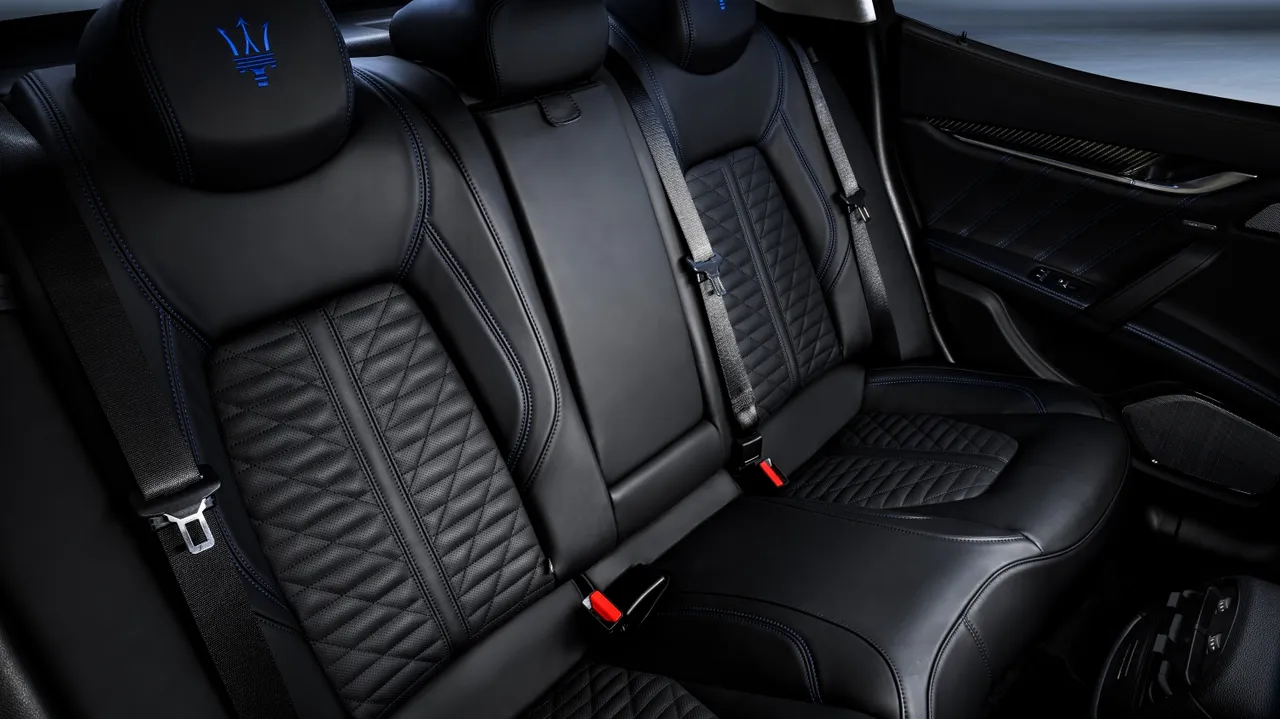

Credits to: Maserati
The biggest update inside the Ghibli is its infotainment system, now using Google's Android Automotive. At its core, it's the same one previewed by Volvo off-shoot, Polestar in its newest car, and it's very sleek. Along with a new digital instrument cluster, the Android system is displayed under a larger 10.1-inch touch-screen. There's an app - as is everything these days - and if you don't want grubby fingerprints on the screen, you could always use Alexa for hopefully decent voice-commands.
So, if you're bored with seeing the same old BMWs, Mercs, and Audis driving around; treat yourself to something special with a chunk of hybridised Italian horsepower. The Ghibli is a great alternative, and this new version can be had for £58,220. I suppose if you're looking for something equally romantic and charming, you could always opt for an Alfa Romeo Giulia, and its lower specs does use this same internal-combustion engine. Though, the Giulia is smaller, and lacks all the clever hybrid stuff.
There's certainly a premium to pay for something as elegantly classy as a Maserati. This new Ghibli Hybrid certainly isn't as exciting news as the MC12's successor coming along in September, but I could argue that it's just as important. The first steps are always the hardest, but it's equally important to keep walking. The same technology in this Ghibli would later trickle upwards to the bigger Quattroporte, and Levante. This then, is ushering into a new, and hopeful era for Maserati. Today, we're just getting started.
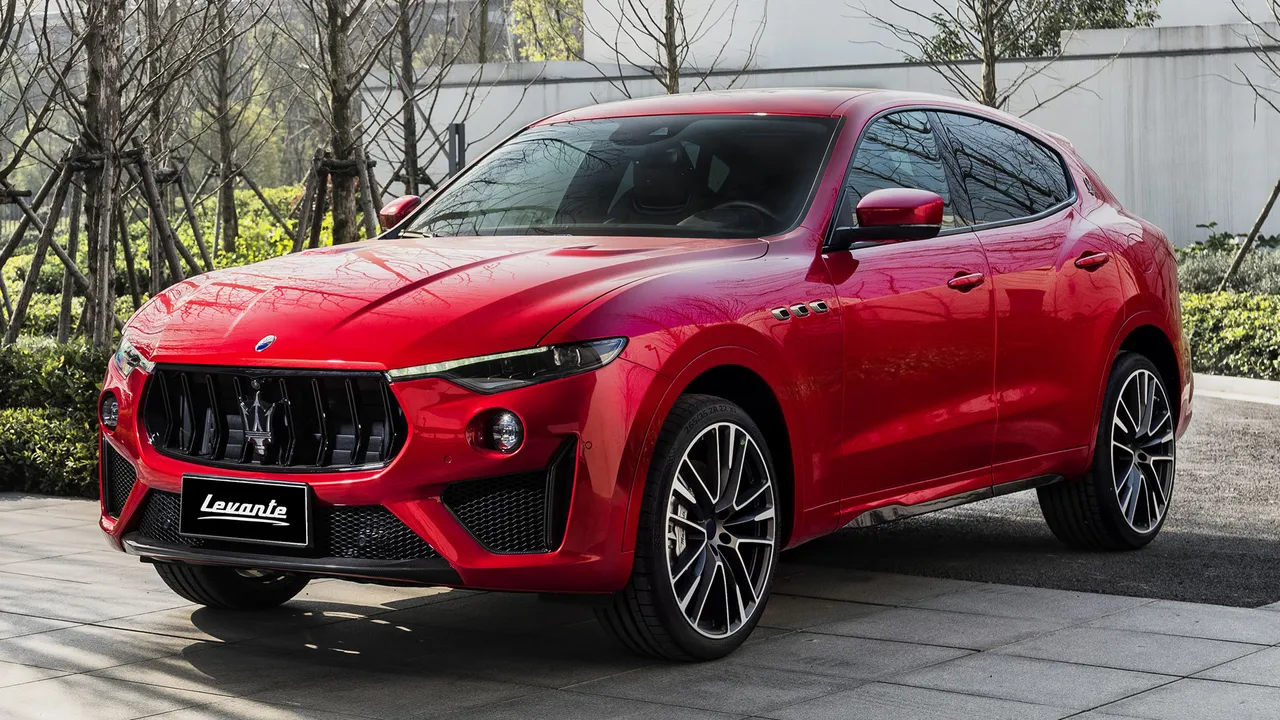


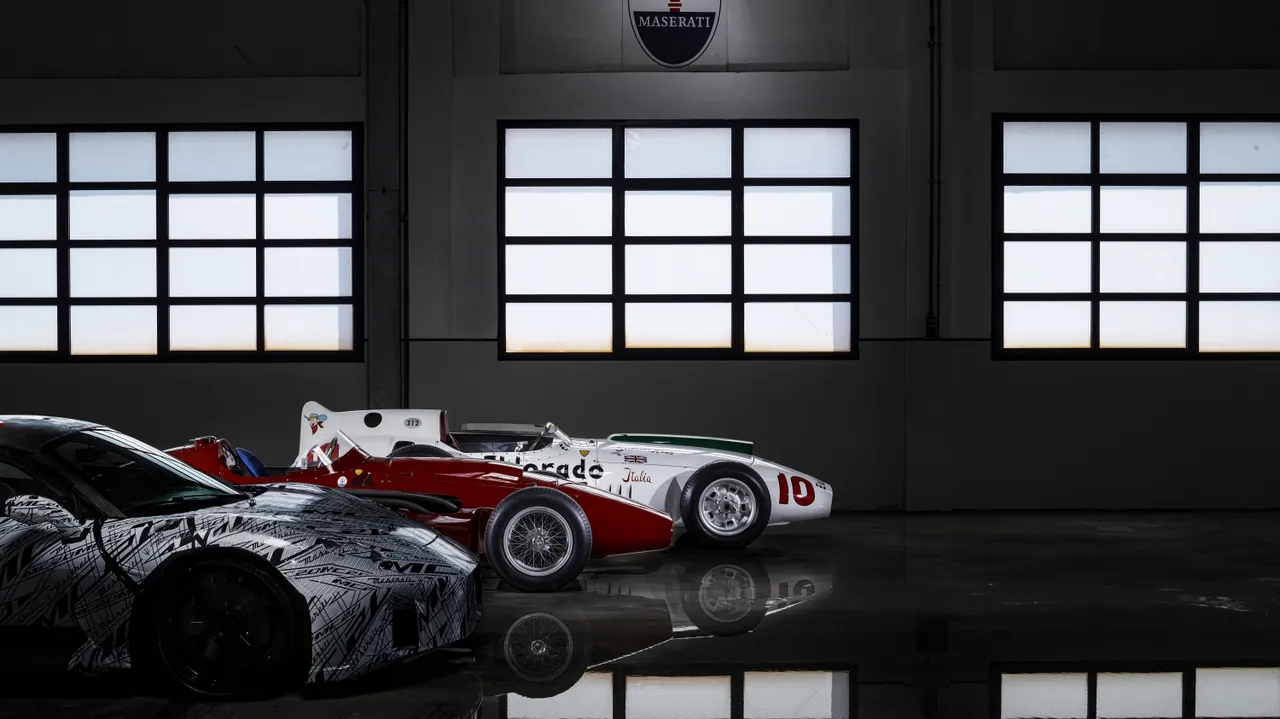

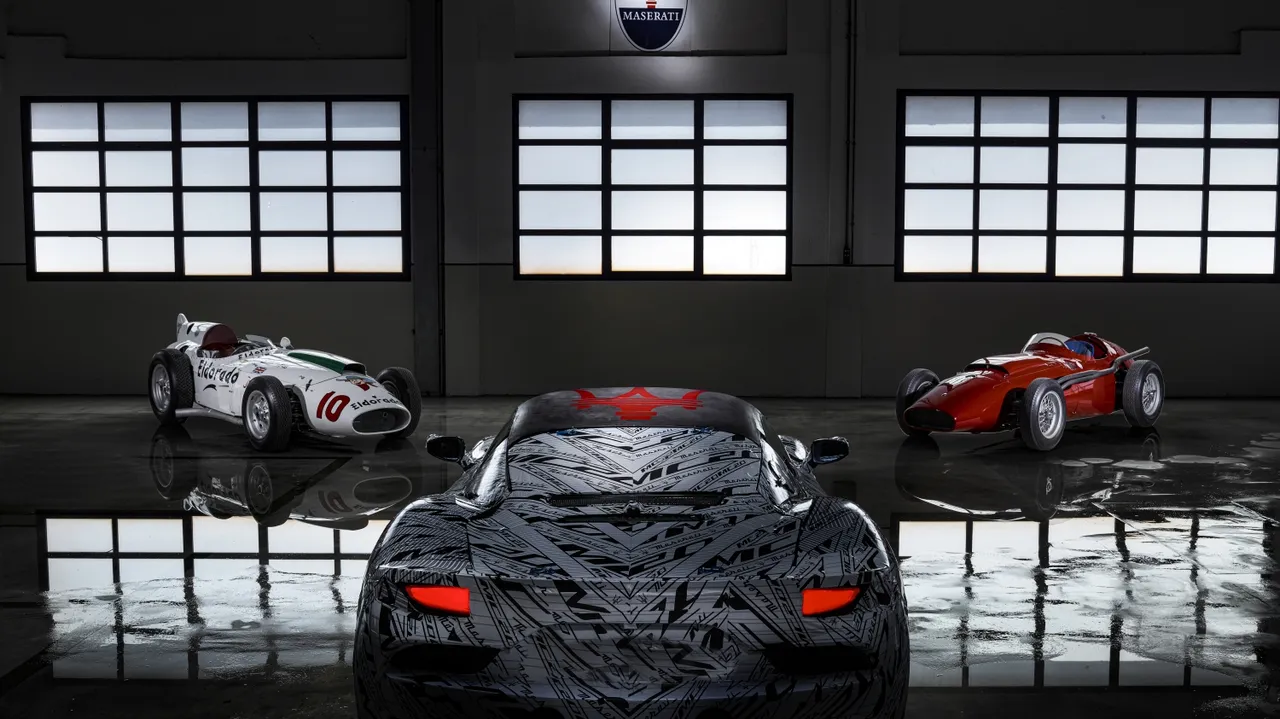
Credits to: CarPixel - Quattroporte GranLusso Royale, Levante Trofeo, and MC20 Prototype - Stirling Moss Tribute